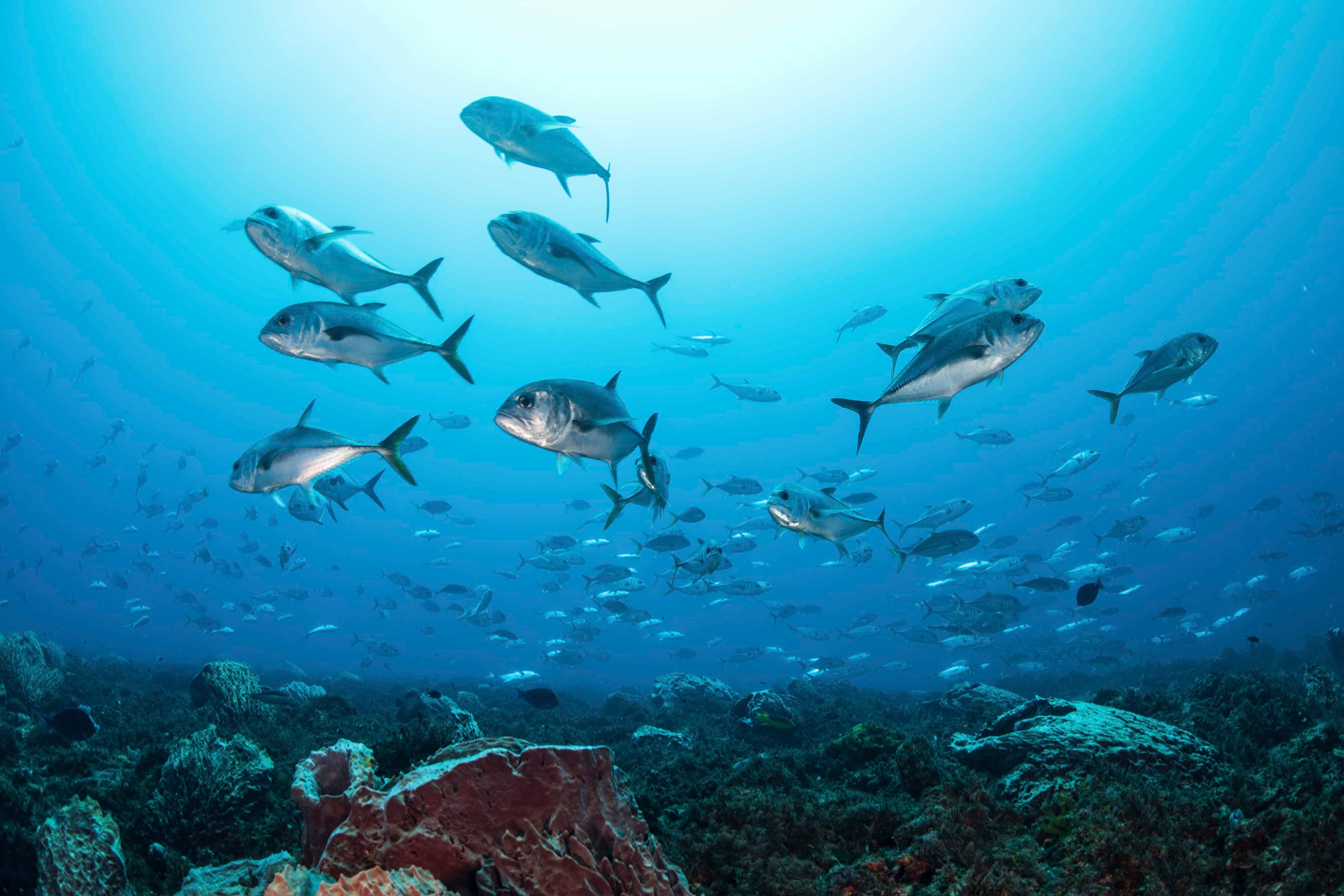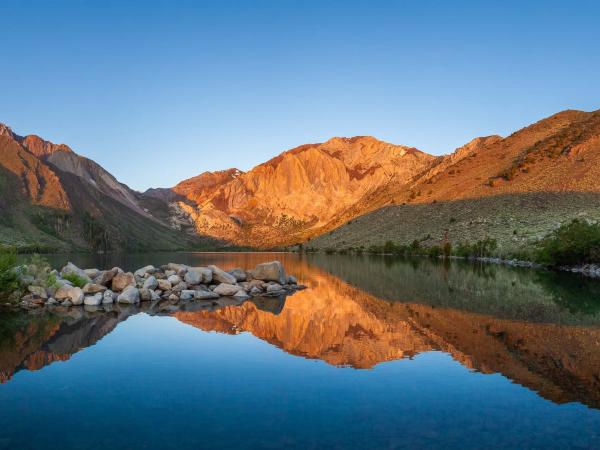
Marine protected areas (MPAs) have long been considered essential tools for ocean conservation, yet skeptics often dismiss them as "paper parks" – areas protected in name only, where illegal fishing continues unchecked. Now, groundbreaking research co-authored by Distinguished Professor of Resource Economics, and Director of the Environmental Markets Lab (emLab) Christopher Costello challenges this widespread assumption with compelling evidence that correlates strict marine protections with reduced fishing burden.
What Did Professor Costello's Team Discover About Fishing in Protected Areas?
The research team used artificial intelligence and satellite-based Earth observations to analyze industrial fishing activity in the world's most strictly regulated MPAs. Their findings reveal that fully and highly protected MPAs had just one fishing vessel present per 20,000 square kilometers during satellite overpass – a density nine times lower than that of the unprotected waters of exclusive economic zones.
The study examined 1,380 MPAs spanning 7.9 million square kilometers, representing 2.2% of the global ocean. By combining data from the Automatic Identification System (AIS) with synthetic aperture radar (SAR) imagery from Sentinel-1 satellites, the researchers could detect industrial fishing vessels regardless of whether they were broadcasting their location.
How Does This Research Challenge Common Perceptions About Marine Conservation?
The paradox of marine protection is well-documented: the more successful a protected area becomes at fostering biological recovery, the greater the incentive to poach. This challenge is particularly pronounced in fully and highly protected MPAs where fish population recovery is highest. Many conservation critics argue that these areas are rife with illegal fishing.
However, Professor Costello's research tells a different story. Of the 1,380 MPAs analyzed, 1,325 recorded less than one day (24 hours) of apparent fishing effort per year, and 1,084 MPAs registered no fishing activity at all. Even in MPAs that showed some activity, the vast majority of the protected area remained free from industrial fishing.
What Makes This Study's Methodology Particularly Robust?
The research team overcame three critical limitations of previous assessments:
Unlike earlier studies that relied on self-reported protection categories, this research used actual regulatory data from ProtectedSeas® Navigator to identify areas with the highest levels of legal protection from industrial fishing.
The team included MPA implementation dates to ensure they only analyzed periods when fishing restrictions were actually in force. For example, the Palau National Marine Sanctuary was designated in 2015 but fishing wasn't prohibited until 2020.
By combining AIS data with SAR imagery, the research captured a comprehensive picture of fishing activity. SAR actively detects vessels by sending radar pulses to the ocean surface and measuring reflected signals, making it nearly impossible for vessels to evade detection without predicting satellite flyover times.
Why Should Donors and Conservationists Care About These Findings?
This research provides crucial evidence that marine protected areas may be more effective than previously believed. The findings directly counter arguments that MPAs are ineffective "paper parks," demonstrating that when strict protections are in place, little-to-no industrial fishing occurs.
For environmental philanthropists and conservation organizations, this research could help support initiatives to:
- Establish new MPAs
- Design regulations to fully protect MPAs
- Develop of satellite monitoring technologies
- Implement strong regulatory frameworks
- Invest in enforcement capacity

Global Fishing Watch Dashboard
What Are the Implications for Future Ocean Conservation Efforts?
Professor Costello and his colleagues' work suggests several important considerations for expanding marine protection to meet the Global Biodiversity Framework's "30×30" target (protecting 30% of the ocean by 2030):
The research acknowledges that past MPAs may have been situated in areas with naturally low fishing pressure. Future expansions in more crowded locations may face different challenges.
The success of satellite monitoring demonstrates how technology can make large-scale conservation enforcement both feasible and cost-effective, even in remote ocean areas.
The stark difference between fully protected areas and those allowing some fishing underscores the importance of strong, clear regulations in achieving conservation goals.
How Can This Research Inform Marine Policy and Management?
The study's comprehensive approach – analyzing 91% of fully and highly protected MPAs within exclusive economic zones – provides policymakers with unprecedented evidence about the effectiveness of marine protection. This data can guide decisions about where to establish new protected areas, how to design regulations, and what monitoring systems to implement.
For marine resource managers, the research offers a blueprint for effective MPA monitoring using readily available satellite technology. The methodology developed by Professor Costello's team could be adapted for monitoring other ocean uses and enforcing various marine regulations beyond fishing restrictions.
Looking Forward: The Future of Ocean Protection
As the international community works toward ambitious ocean conservation targets, Professor Costello's research provides both validation and direction. It demonstrates that well-designed marine protected areas correlate strongly with reduced industrial fishing, while highlighting the importance of robust monitoring systems and strong regulatory frameworks.
This groundbreaking study, published in Science, represents a significant contribution to our understanding of marine conservation effectiveness. By combining cutting-edge technology with rigorous scientific analysis, Professor Costello and his colleagues have provided the evidence base needed to advance ocean protection efforts worldwide.
For more information about Professor Costello's research and the Environmental Markets Lab at UC Santa Barbara, or to explore opportunities for supporting marine conservation research, please contact the Bren School of Environmental Science and Management.



